Ensure the transition towards circular economy

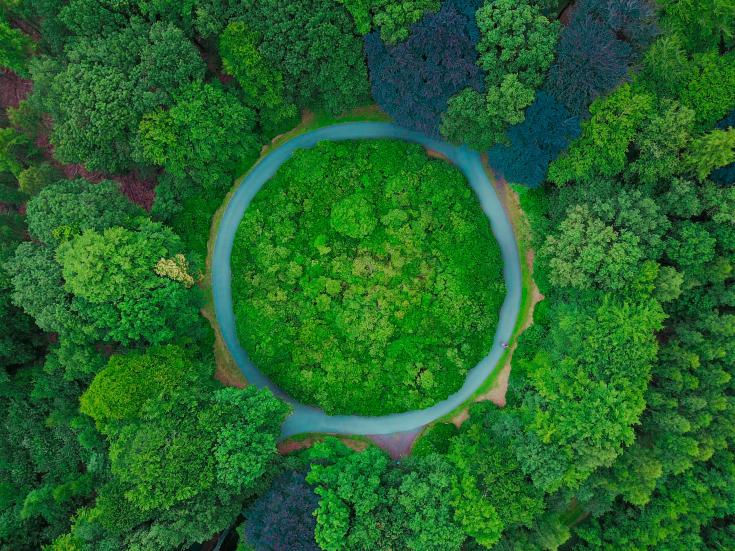
Are you interested in circular economy issues? Do you want to learn more about systemic design as a tool to define sustainable activities?
Then, follow our Interreg Reporter in the backstage of project RETRACE with Agnese Pallaro, member of the department of architecture and design at Politecnico di Torino, lead partner of the project.
1. What is the focus of RETRACE project?
RETRACE is an environment and resource efficiency project. It was born from the finding that wastes are piling in European regions and reusing them could benefit both the environment and the economy.

Source: Eurostats
Ten partners from various European countries decided to share knowledge in solving the common problem of waste management, even though they face it at a different scale. Holland and Scotland which are advisory partners are at the forefront of circular economy, for example. Politecnico di Torino, the lead partner, "perceives diversity as a richness for the project to foster knowledge sharing in very different situations”.
Still, they all share the problem of very toxic waste coming from agri-food industry, technological and technical industry, fashion or aeronautical industry.
2. How does RETRACE project tackle the waste management issue?
The partnership born from the common challenge of waste management decided to tackle it from a circular economy perspective, where outputs of some products become inputs in a new production chain. Therefore, the lead partner of the project, Politecnico di Torino, presented its systemic design approach, which they shared with the first partner to join the project: Azaro Fundazioa in Bask Country.
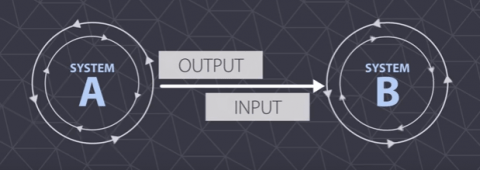
Screenshot from the second Field Visit video in Nouvelle-Aquitaine
According to Agnese Pallaro, systemic design approach enables to address the issue as a system of interconnections to identify solutions that would be sustainable. The idea is to connect local stakeholders affected by the issue of waste (companies, people, cities and towns representatives) on a territory to get more comprehensive solutions.
To have a better grounding on the territory scale of the systemic design theory, the RETRACE partnership has already fulfilled six field visits and identified more than 50 good practices.
3. How were these good practices identified?
RETRACE used the holistic diagnosis to have a clear picture of the socio-cultural, economic and environmental situation of each region. As an example, below you can see the economic part of the holistic diagnosis for Slovenia:
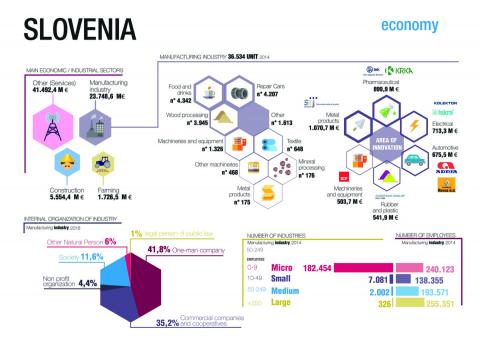
The good practice Wintherwax, coming from the construction industry, one of the most important economic sector in Slovenia, addresses different issues concerning windows coating. Most of houses in Slovenia have synthetic coating for windows, which is harmful for the environment and the larch used for windows is usually imported from Siberia. But, at the same time, Slovenia's territory is at 60% covered by forests, and wood industry has a very low-added value.
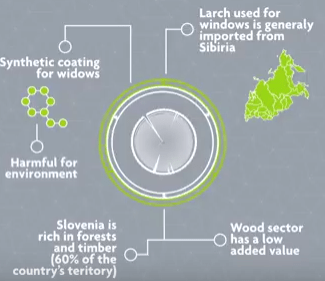
Screenshot from the fifth Retrace Field Visit video in Slovenia
The systemic design approach combined all these different factors to come to the conclusion that wood wastes had to be reused and transformed into high quality products.
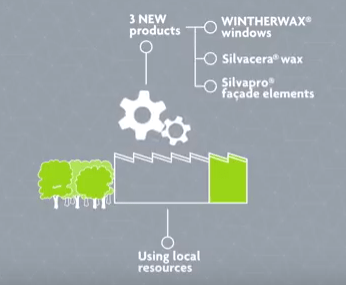
Screenshot from the fifth Retrace Field Visit video in Slovenia
4. How does the project work with local stakeholders?
RETRACE project’s stakeholders come from over 70 public and private entities. They are ranging from museums to reuse and recycle centres, and to innovation cluster. As they are the ones who will be influenced by the outcome of the project, they have an essential role in defining regions’ potentialities and issues, and actions to be implemented to improve local situation. They take part in stakeholders’ group meetings, participate to regional dissemination events and cooperate (by suggesting interesting cases or by presenting some themselves) in identifying local good practices and participate to field visits (at least two stakeholders per region).
For any further information on RETRACE and how it tackles circular economy, visit the project website.
Cover photo by Thomas Lambert on Unsplash